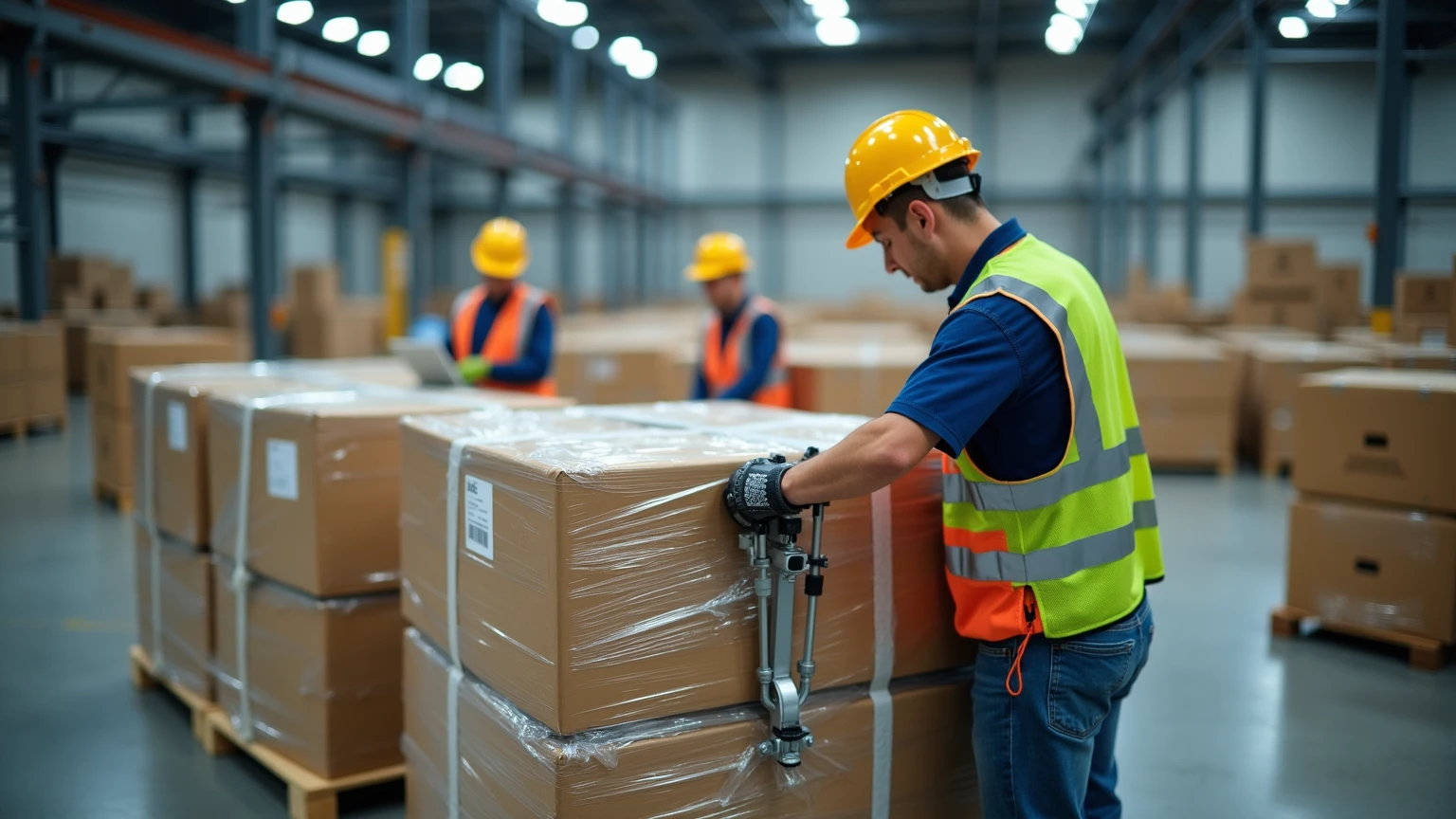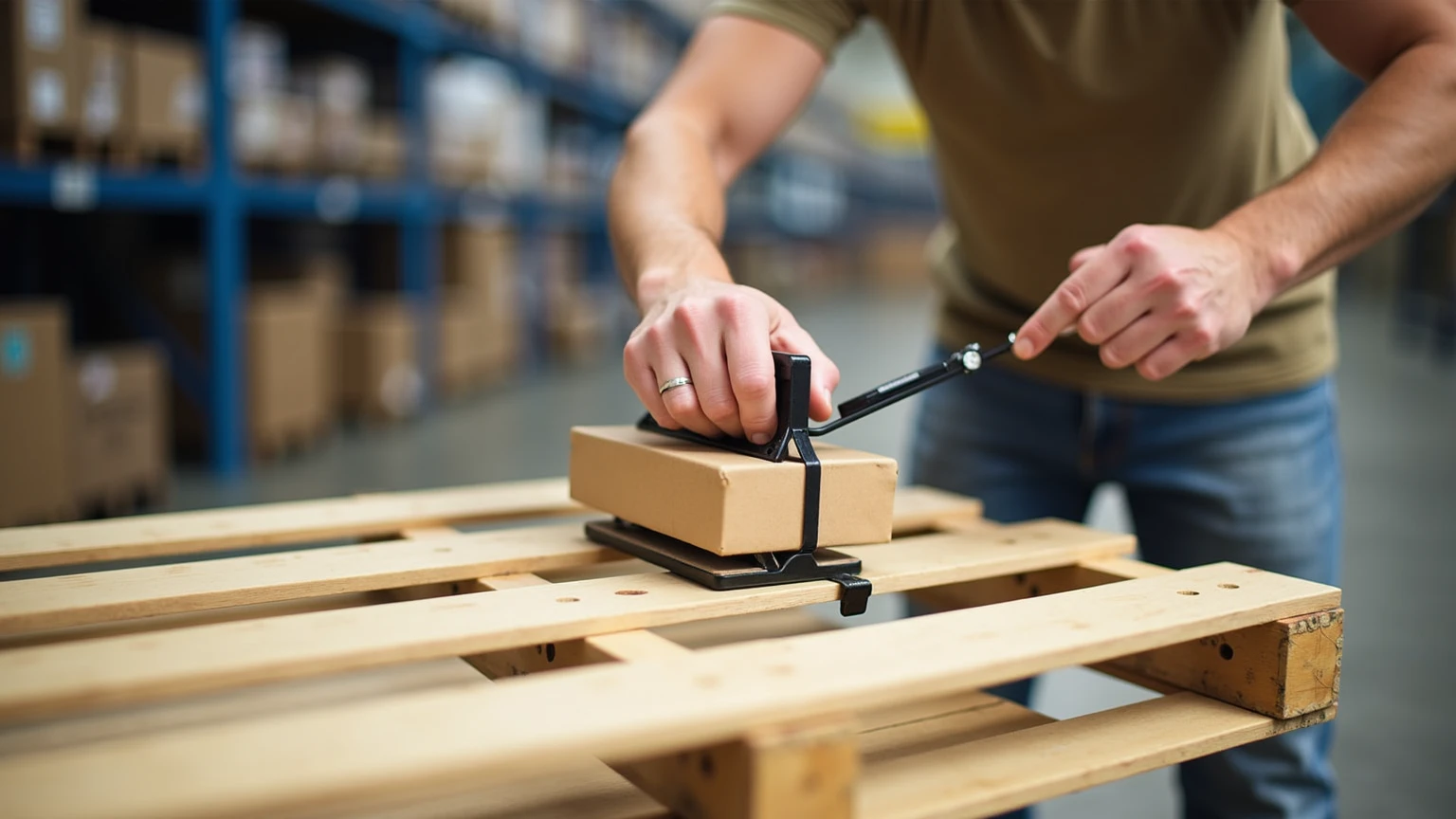In the fast-paced world of shipping and logistics, ensuring your products are packaged securely is paramount. Among the many tools available for this purpose, plastic strapping tensioners stand out for their effectiveness and efficiency. In this comprehensive blog post, we will delve into the various aspects of plastic strapping tensioners, exploring what they are, how they work, and the benefits they offer. Let’s uncover the importance of these tools in modern logistics.
A plastic strapping tensioner is a specialized tool designed to apply tension to plastic strapping material, ensuring that it is tightly secured around packages, bundles, or pallets. These tools are ubiquitous in industries such as shipping, warehousing, and logistics. Their primary purpose is to tighten plastic strapping, helping to keep products in place during transportation and minimizing the risk of damage.
Plastic strapping tensioners work mechanically to pull plastic strapping tight around an item. The user places the plastic strapping around the item and feeds it into the tensioning mechanism. By lifting the handles or levers, the user engages the tool, which applies tension to the strapping, ensuring a secure fit. A properly tensioned strap holds the items together without the risk of slippage or movement.

One of the most significant advantages of using a plastic strapping tensioner is the enhanced security it provides to packages. Effective strapping prevents items from shifting during transit, reducing the likelihood of damage. Whether in transit or storage, well-strapped packages maintain their integrity, ensuring customers receive products in top condition.
Manual strapping can be time-consuming and labor-intensive. Tensioners streamline this process, allowing workers to apply strapping more quickly. By decreasing packaging time, businesses can enhance their overall operational efficiency, leading to quicker shipments and improved customer satisfaction.
Using plastic strapping tensioners can dramatically lower shipping costs. By ensuring packages remain intact and secure, businesses can reduce the frequency of damages and associated costs. Additionally, efficient strapping preserves the value of the goods being shipped, providing peace of mind in financial terms.
When shipping products, the risk of damage is always present. Utilizing a strapping tensioner significantly minimizes this risk. Tensioned straps help maintain the desired configuration of products within a shipment, preventing movements that could lead to damage. It's a small investment that saves businesses substantial sums in potential losses.

Handheld tensioners are the most basic and commonly used type. They require the operator to apply force manually, making them straightforward and user-friendly. These tools are ideal for smaller operations that need flexibility.
These tensioners use a ratchet mechanism to tighten the strap. They are more efficient for larger packaging operations where consistent tensioning is required. Feed-wheel tensioners often result in improved speed and safety in packaging tasks.
Selection depends on specific operational demands. For smaller packages or infrequent use, a handheld model may suffice. Conversely, if you're dealing with high volumes of large items, investing in feed-wheel tensioners may be advisable.
Before beginning, ensure you have the right tools and strapping materials. Lay out the packages you intend to strap and gather all necessary materials, including seals or buckles, if required.
In summary, the benefits of plastic strapping tensioners are clear. They enhance productivity, reduce operational costs, and minimize the risk of product damage during transit. As logistics and shipping industries continue to evolve, these tools will remain essential for efficient packaging processes.
As technology progresses, we can expect to see more advanced and automated solutions for strapping and packaging. Innovations such as smart tensioners equipped with sensors to monitor tension levels may reshape future packaging practices. Staying ahead of these trends can give businesses a competitive edge in the ever-evolving logistics landscape.
The lifespan of a tensioner largely depends on the quality of the tool and the intensity of its use. High-quality tensioners can last several years with proper maintenance.
Yes, but it’s crucial to ensure that the tensioner you choose is compatible with the specific type and width of the plastic strapping you plan to use.
Many tensioners include safety features such as blade guards and ergonomic handles to minimize the risk of injury during operation.
Regular checks, at least every few months or after significant use, are advisable to ensure that your tensioner remains functional and safe to use.
While they are straightforward to operate, training is recommended to ensure that users are aware of proper techniques and safety measures.